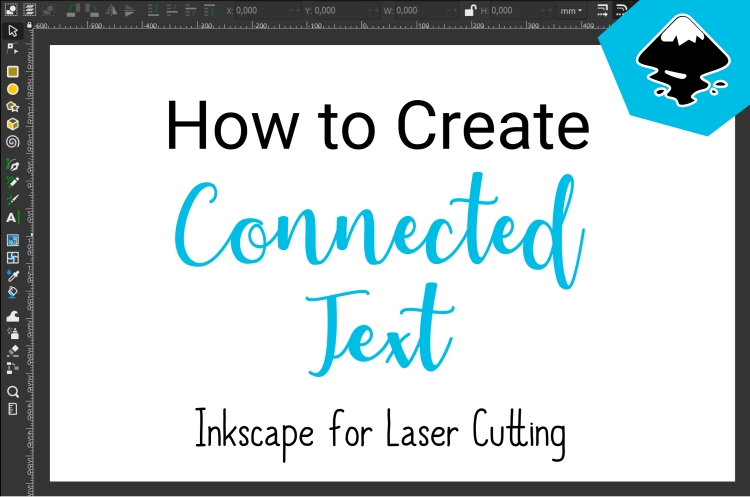

When rendered, the logo will look like this: Note how other, non-graphical data, like the author or the licence of the file can easily be included without altering how the picture looks: When rendered, it will look like this (open the page in your browser's HTML source mode to see how it is comfortably embedded right into the HTML):Īs a more complex example, here's an excerpt of the Inkscape logo in SVG, which shows some of the other features. The W3C also makes a point of backwards compatibility and extensibility of the format.Īs an example to demonstrate the basic principle, take a look at this:


The features of SVG 1.1 include paths, basic shapes (like circles and polygons), text, fill, stroke and markers, color, gradients and patterns, clipping, masking and compositing, filter effects, interactivity, linking, scripting, animation, fonts and metadata. The currently (March 2015) valid specification is SVG 1.1, with SVG 2.0 on the way, and many of the new features are already implemented in Inkscape and many viewers (like web browsers).

The tags, elements and attributes which can be used and understood by vector graphics editing and viewing programs are determined in the SVG specification. The SVG file format uses these structures to represent visual data. If you ever used (X)HTML to create a website, you already know the main structural elements: a tree-like structure, tags, elements and attributes. It is based on XML (Extensible Markup Language), also a W3C standard format, which is a generic markup language developed to represent arbitrary data in human- and machine-readable format. It is maintained and developed by the W3C (World Wide Web Consortium), the main international standards organization for the web. SVG (acronym for "Scalable Vector Graphics") is a free and open, standardized file format for vector graphics. We collected some information here which we hope will get you started easily. For example, to make your own extensions, you will need some experience in climbing up and down the XML tree - and if you want to work on some of the core Inkscape functions, you might even have to dive deep into the maths of matrices and Bézier curves. Because the SVG vector file format is Inkscape's central format, understanding the basics of SVG will be helpful when contributing to Inkscape's development.


 0 kommentar(er)
0 kommentar(er)
